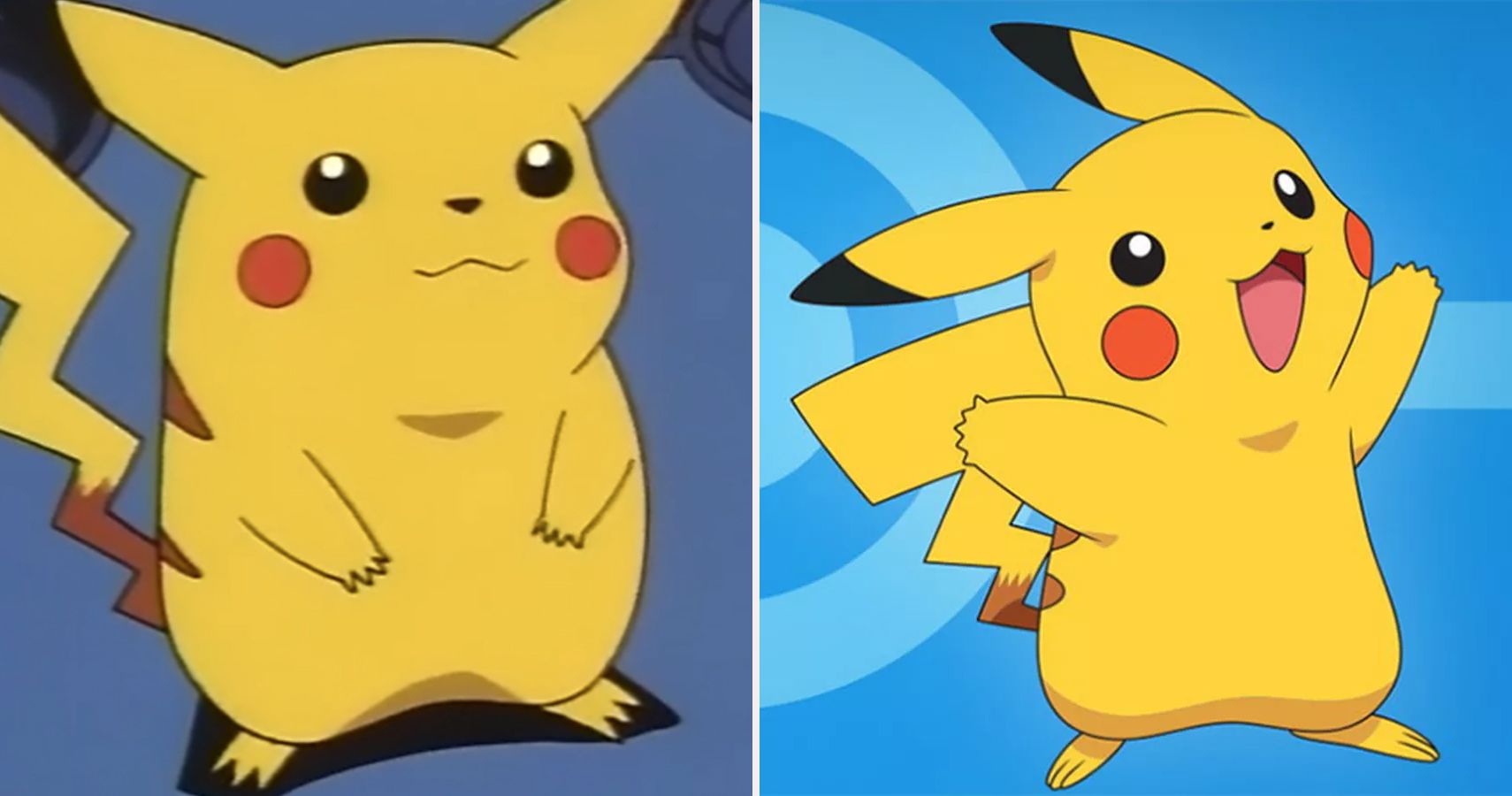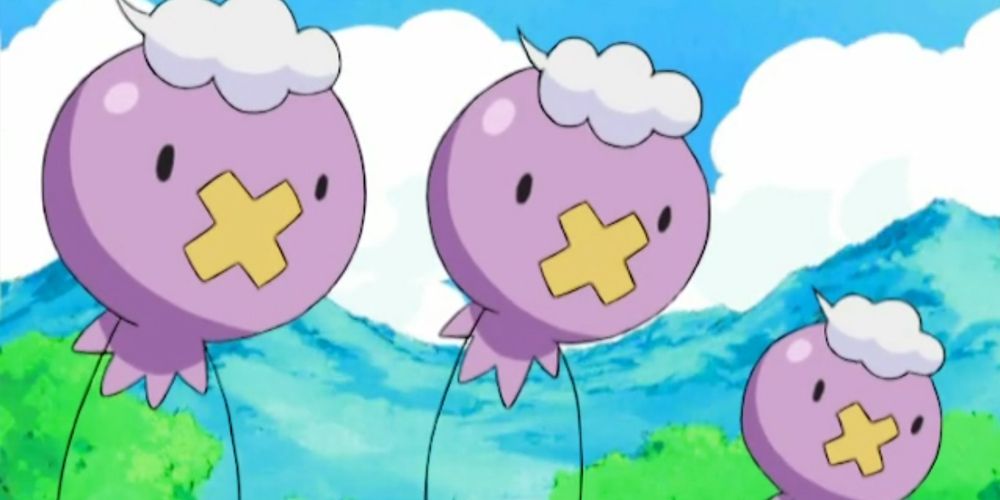The world of Pokemon has been a pop culture mainstay for the better part of 20 years. With its signature catchphrase and adorable mascot, Pokemon quickly invaded western TV in 1997 and soon won the hearts of gamers everywhere with 1998's release of Pokemon Red/Blue. It's seen countless iterations of video games, as well as various animated cartoons. Pokemon has captured the attention and imagination of kids for many countless years. Whether you enjoyed the video games, TV show, trading card game, or countless memorabilia, Pokemon has had a way of injecting its world into the fabric of our inner children. It's ingrained itself in pop culture, which is something many other properties haven't been able to do. Pokemon constantly re-invents itself and adds on to an ever expanding universe of interesting creatures and hilarious characters that sometimes end up in tumultuous circumstances.
That being said, there are plenty of things the most fervent of fans of Pokemon may not even know. The world of Pokemon is full of mysterious secrets and hilarious misconceptions. It's an imaginative world as deep, or as shallow, as one wants to make it. Throughout the years, people have spent countless hours trying to piece together all of the subtle hints and references. There are entire sites dedicated to figuring out each and every minuscule detail of the Pokemon world. We'll be going through a very sparse amount of little-known facts the world of Pokemon has to hold. I understand that you might know some of these things, but I highly doubt you will know each of these 20 incredible facts having to do with the world of Pokemon.
9 There was a Pokemon Green Version in Japan
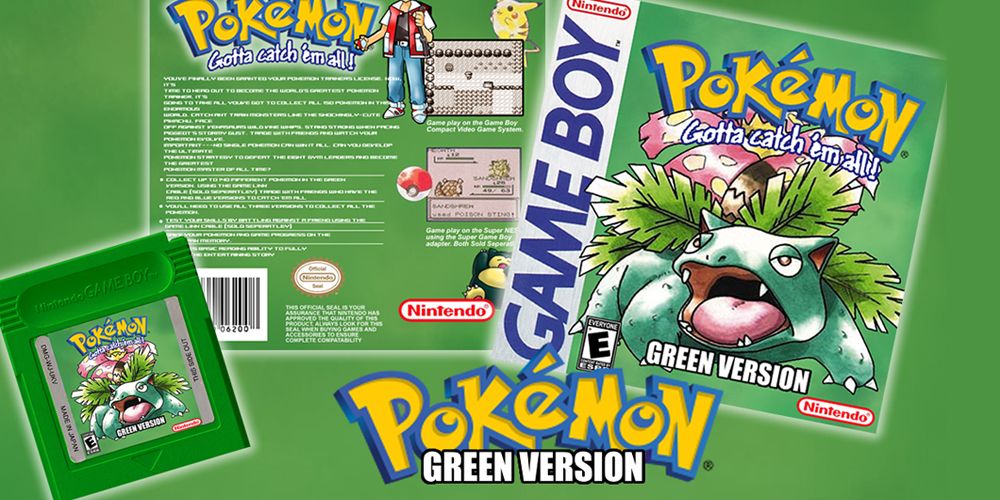 via youtube.com[/caption]
via youtube.com[/caption]
Though gamers were initially exposed to the world of Pokemon in 1998, thanks to the Red and Blue Versions releasing side by side, Japan saw the release of a third version, Pokemon Green. This 3rd version featured Venusaur on the cartridge and was initially released alongside Pokemon Red at launch in Japan. Japan's Blue Version was released to the public eight months after the release of the other two. It offered improved graphics and dialogue. It's code, script, and artwork was used as a template for the worldwide releases of both Red and Green. With the international release of these games, Red and Green were renamed to Red and Blue. Little is known as to exactly why they changed it to Red and Blue, but some believe it has to do with the marketability of Blastoise as opposed to Venusaur.
8 Spinarak's Backstory
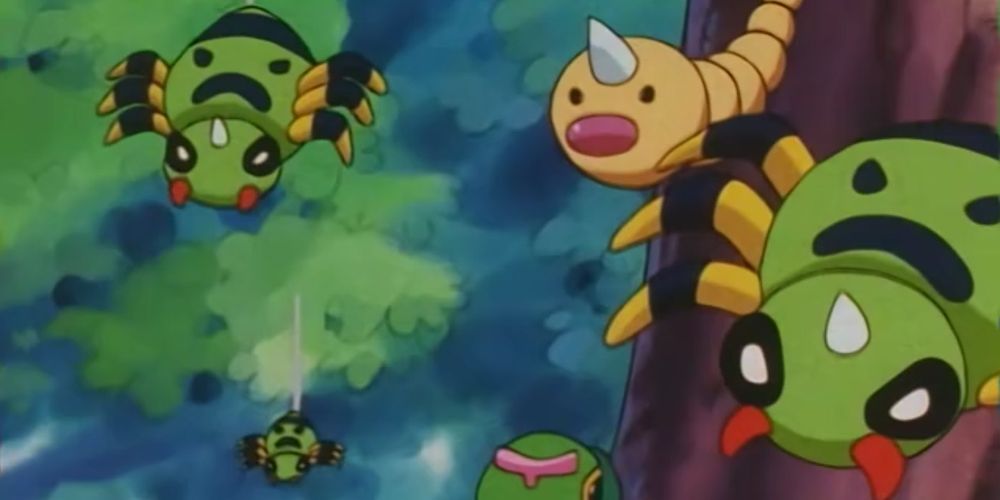 via unilad.co.uk[/caption]
via unilad.co.uk[/caption]
Spinarak was created in a children's Pokemon design activity in the American Trading Card Game League. This is actually a lie that has perpetually been assumed as fact due to it appearing on the famous Pokemon wiki called Bulbapedia. Spinarak was featured in the second generation of Pokemon, which released in 1999. The American version of the Pokemon TCG didn't officially start a league until 2000. Many sites have come forward to debunk this long-running misconception, but it hasn't stopped people from writing about this supposed mark of American pride in the world of Pokemon. It's still not out of the realm of possibility that Spinarak was indeed a creation via a children's design activity in Japan, but there is no conceivable way that the cute little spider Pokemon's origin lays in the states.
Cubone is a Baby Kangaskhan
[caption id="attachment_1657" align="alignnone" width="1024"]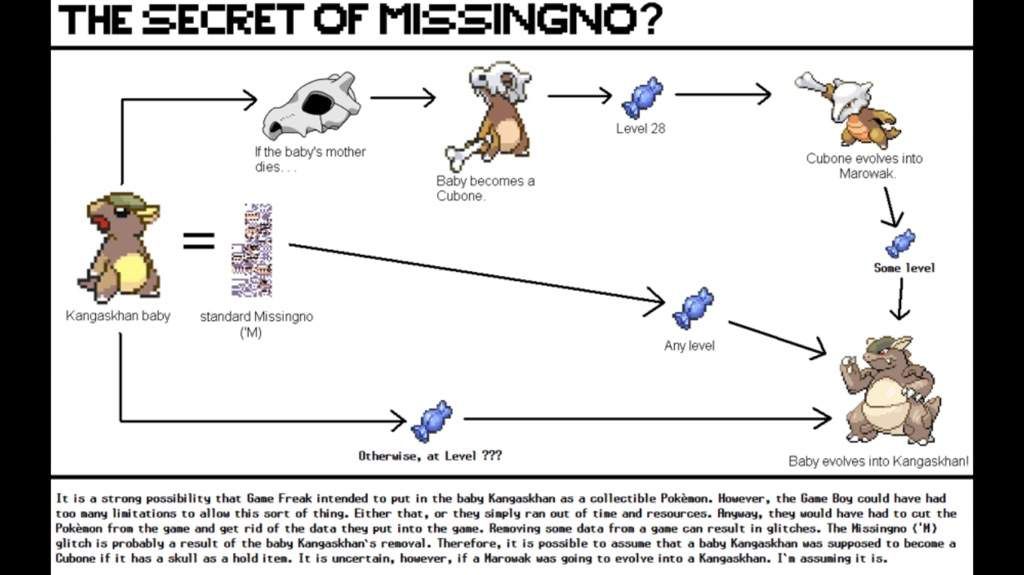 via aminoapps.com[/caption]
via aminoapps.com[/caption]
There's been a long-running fan theory that Cubone is actually the result of a baby Kangaskhan unfortunately losing their mother. Besides the stunning resemblance between the sprites for both a Cubone and baby Kangaskhan, there is indeed some factual evidence that leads to the strengthening of this mysterious theory. Code enthusiasts have found that the missing code that results in the appearance of the infamous MissingNo actually relates to the lack of implementation of Marowak having a final evolution. The code was moved to an empty spot and led to the creation of the bizarre encounter. The theory is that the developers ran out of time and were actually planning to make Kangaskhan the final evolution of Cubone/Marowak. The last piece of evidence lays within the Pokedex entries for both Cubone, the orphan Pokemon, and Kangaskhan, the parent pokemon. Strange coincidence right?
7 Gengar might actually be Clefable's shadow
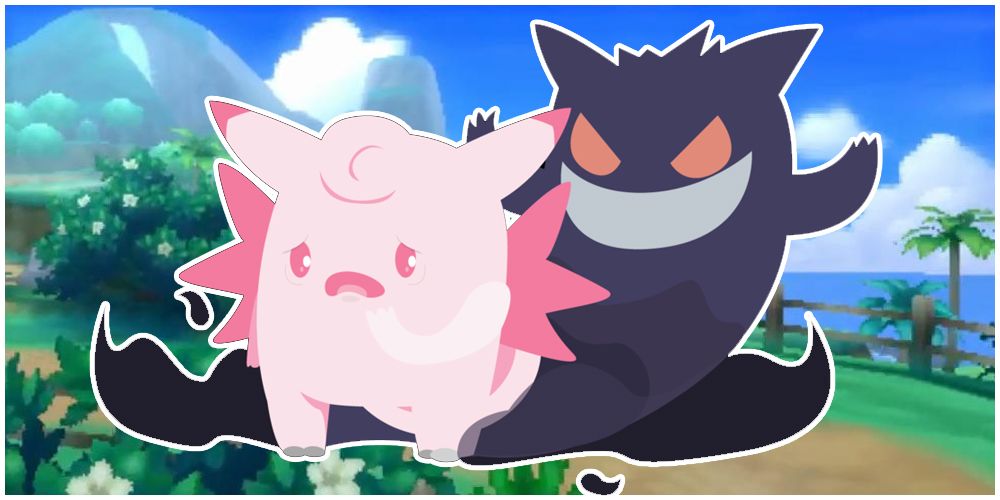
Unfortunately, this myth has never been proven and doesn't have a ton of tangible evidence outside of just comparing both of the Pokemon. The first thing linking Gengar and Clefable has to do with their place within the Pokedex. If you sort the Pokedex by index number, Gengar shortly follows Clefable. Gengar also happens to be listed as the shadow Pokemon. Mere coincidence? Clefable and Gengar have almost identical body shapes and seem to mirror each other's outline near perfectly. Lastly, one of them is normal type while the other is a ghost type. This means that they technically can't hit one another, which makes perfect sense. Have you ever tried to fight your shadow? One day the Pokemon Company might finally reveal if Gengar is indeed the shadow of their original plan for the face of Pokemon, Clefable.
6 Parasect is a Zombie Pokemon
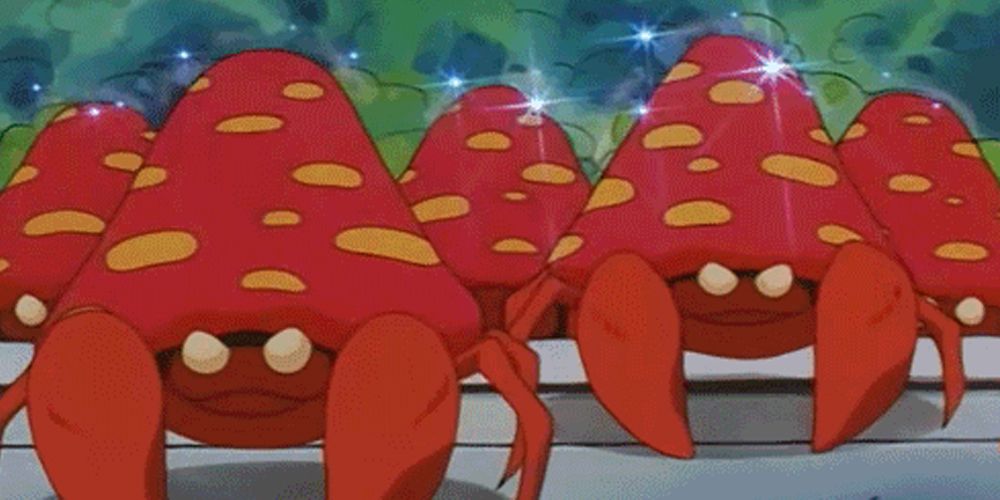
Now, when people initially see their Paras evolve into its larger form, they're under the assumption its shell just grew. Unfortunately for Paras, the shell on its back isn't only a mushroom, it happens to be its controller. As the Paras evolves, the mushroom grows in power and takes over the entire body. If you look closely at a Parasect, you'll notice that its eyes are completely blank. This process is based on a real-world fungus that turns ants and other insects into zombies. It is known to manipulate brain functions and turns its host into a slave. This same fungus was a huge inspiration for the zombie-like creatures in The Last of Us. Thankfully, this fungus is currently only successful when it comes to the simple brains of small insects.
5 Drowzee is Based on a Real-life Animal
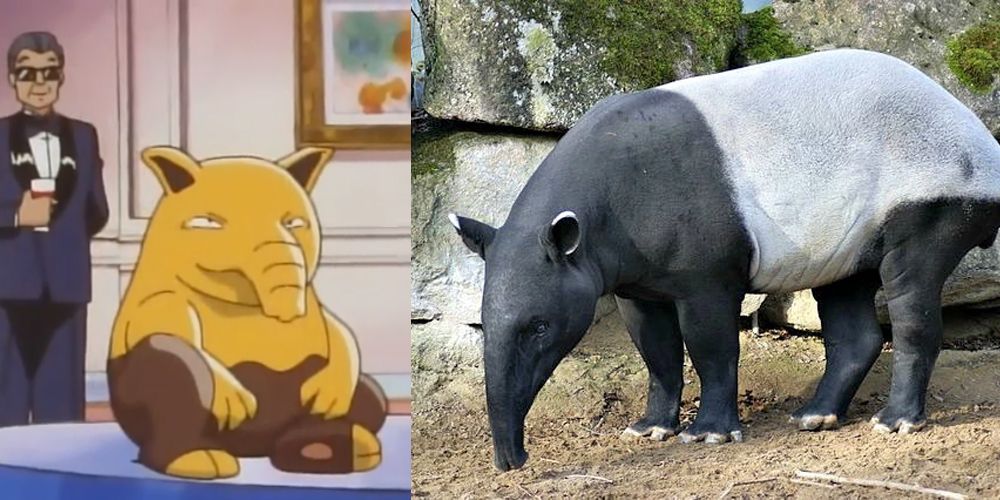 via crazybanana.co[/caption]
via crazybanana.co[/caption]
Drowzee may be seen as a super creepy Pokemon, but he is surprisingly based on a real-life animal. Drowzee is based on an animal known as a tapir. At a quick glance, you can see an immediate resemblance between the two. The Pokemon Company did a great job of basing Drowzee on more than just the physical appearance of the animal. According to Japanese folklore, tapir was said to eat the dreams of children in their sleep. This allowed the connection to the psychic-type, as well as its trademark moves, hypnosis, and dream eater, to fall right in place during the creation process. There are tons of Pokemon that bare a resemblance to real-life counterparts, but implementing the folklore is taking it to another level. A creepy and nightmare-inducing level, albeit.
4 Magneton's Weight Makes No Sense
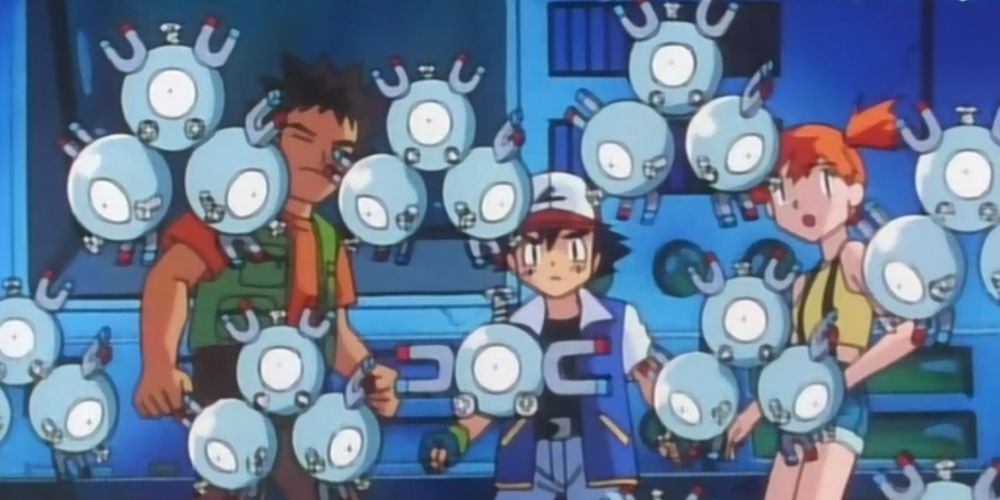 via dailymotion.com[/caption]
via dailymotion.com[/caption]
Magneton is considered my many to be the laziest and least creative evolution in the original set of 151 Pokemon. At a glance it may look like a Magneton is simply made up of three Magnemites that are either in close proximity or somehow fused together. This simple glance is pretty accurate description of what a Magneton's physical makeup actually is. Pokemon fans seem to have a problem with the literal culmination of its parts, however. The weight of a single Magnemite comes in at a dainty 13.2 pounds, whereas the weight of a Magneton is a whopping 132 pounds. With a little bit of simple math, one can conclude that a Magneton weighs 10 times that of a Magnemite, instead of the logical hree times the weight. There are plenty of conspiracies theories as to why this is, however, the simplest explanation is that the weight difference can be explained through a very complicated quantum physics formula. Simple, right?
3 Pokemon is Based on a Real Hobby
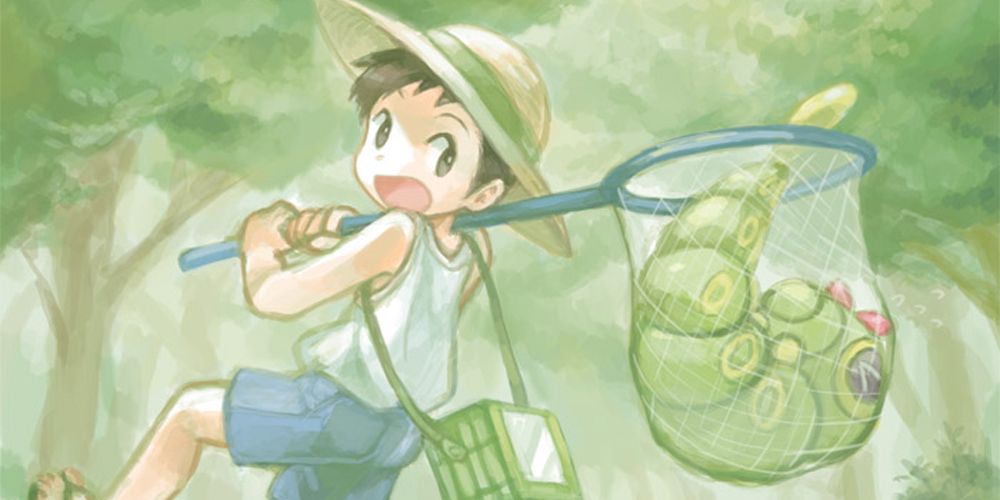 via aminoapps.com[/caption]
via aminoapps.com[/caption]
Did you know that the Pokemon franchise is entirely based on the hobby of bug collecting? The series creator, Satoshi Tajiri, actually drew on his own personal childhood when creating the early concepts of Pokemon. Many of his concepts included Pikachu, as well as the classic opening fight between Gengar and Nidorino. These early concepts, otherwise known as Capsule Monsters were heavily based on his adventures as a child in the world of bug collecting. Tajiri had a rather tough time trademarking Capsule Monsters and thus was the reason it landed him on Pocket Monsters, otherwise known as Pokemon. Almost every part of Pokemon seems to be grounded in various real-world parallels and draws inspiration from the inner childhood imagination of its numerous creators and contributors.
2 Pikachu Went on a Diet
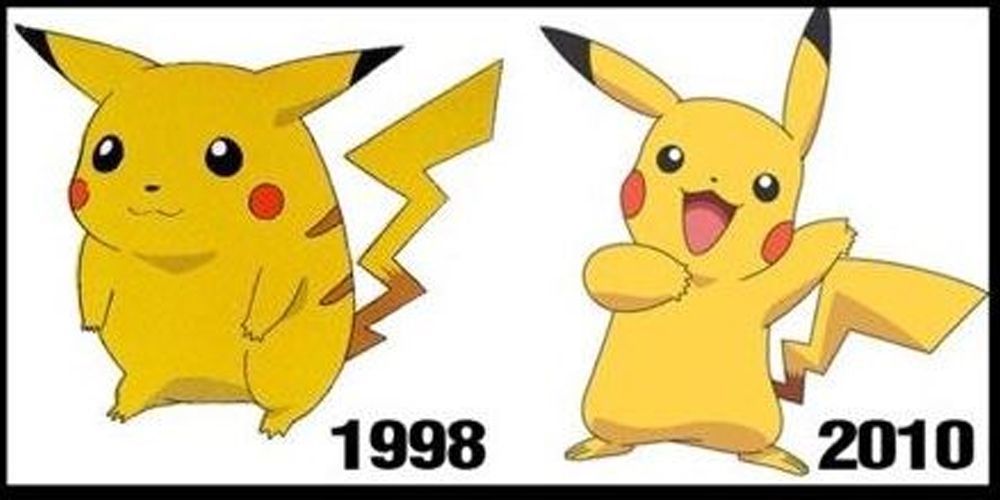 via kotaku.com[/caption]
via kotaku.com[/caption]
Well, maybe not a diet, but his design has seen a drastic overhaul over the course of the last 20 years. When Pikachu first debuted in the anime in 1998, he was a chubby, almost round, adorable sidekick. As the years have progressed, we've seen him take on a more agile and sleek design. Many fan theories suggest that this change has taken place due to the concern of having a healthier role model for children. That being said, there are plenty of Pokemon who aren't exactly the spitting image of health. Pikachu is, however, the face of the company, a name synonymous with the franchise. It would make sense that his design better reflected the company in a positive manner. A more logical explanation is that animated characters usually just change over time. It seems to be an inevitable part of the medium. Simply look at how Mickey Mouse has made multiple transformations over his iconic and long-standing career as the face of Disney.
1 When you're Koffing, you're Weezing
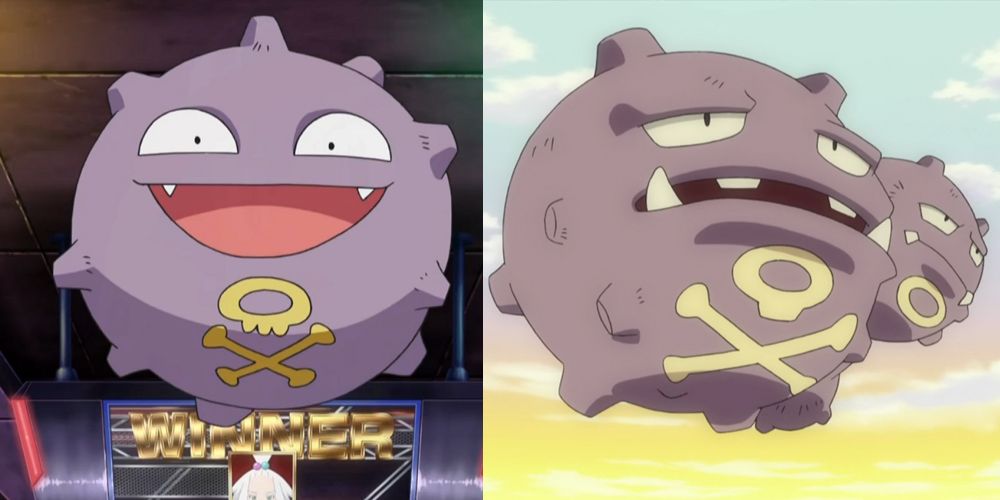 via pokemon.wikia.com[/caption]
via pokemon.wikia.com[/caption]
Koffing and Weezing have always been known as a Pokemon of choice for Team Rocket. However, many people don't know that early in design they were both planned to have very different names. In the original mock-ups for both of these guys, their names were going to be Ny and La. This was based on two of the most notorious cities in the USA when it comes to pollution, New York, and Los Angeles.This is interesting because Koffing and Weezing are actually pretty good names. This must have been the reason for the change of heart during the design process. Another interesting fact about both of these purple polluters is that Koffing has always been depicted as smiling, whereas Weezing hasn't showcased anything apart from a frown these last 20 years.
Pokemon is Worth Over $15 Billion
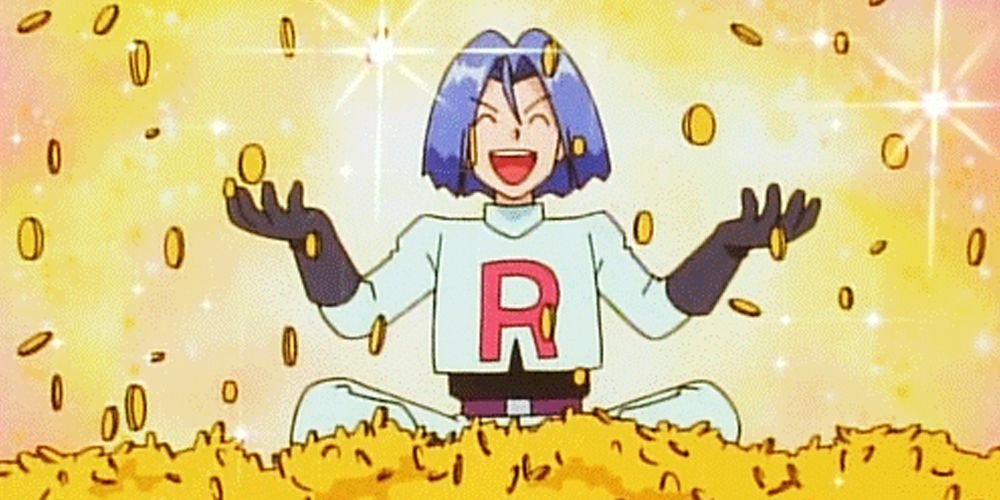 via mcm.fr[/caption]
via mcm.fr[/caption]
I know, I know. It's not surprising that a property as large as Pokemon is worth such a hefty amount of money. For goodness sake, they've been around for 20 years, they've reiterated numerous times, and have found a core audience through multiple generations. This is all completely true and yet the total net worth is still rather impressive. It is one thing for a company to understand staying power and relevance. It's a completely different case when a company's worth constantly grows and grows over the course of 20 years. With the recent announcement of a new live-action cinematic commitment, look for the Pokemon franchise to grow even further, and possibly reach or surpass the stratosphere including the likes of Marvel, Star Wars, DC, and more.
Hitmonlee and Hitmonchan Reference Multiple Martial Artists
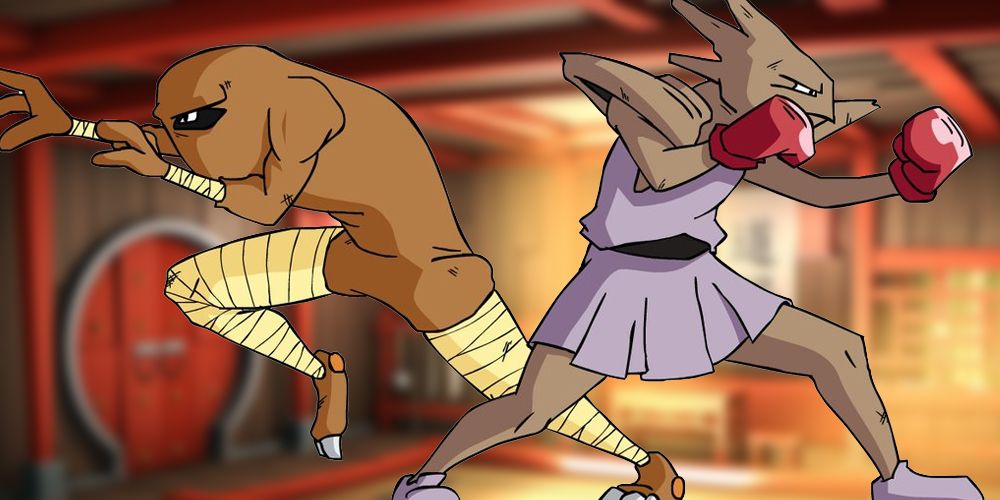 via pinterest.com[/caption]
via pinterest.com[/caption]
In the states, most people are familiar with the references Hitmonlee and Hitmonchan share with martial artists, Jackie Chan and Bruce Lee. The Japanese version of both Pokemon not only have different names, but are also references to famous Japanese martial artists. Their Japanese names are Ebiwalar and Sawamular, which reference Japanese kickboxer Tadashi Sawamura and Japanese boxing champion Hiroyuki Ebihara. Before the introduction of their shared pre-evolution, the Pokemon were actually never intended to share anything outside of their names. It's great to see that the Pokemon Company kept the clever references for both the American and Japanese versions of the game. When will we see the reveal of the long lost 3rd iteration, Hitmonorris? All jokes aside, do you think we'll ever see a pair of Pokemon with these types of obvious references to real people?
Arcanine was Originally a Legendary Pokemon
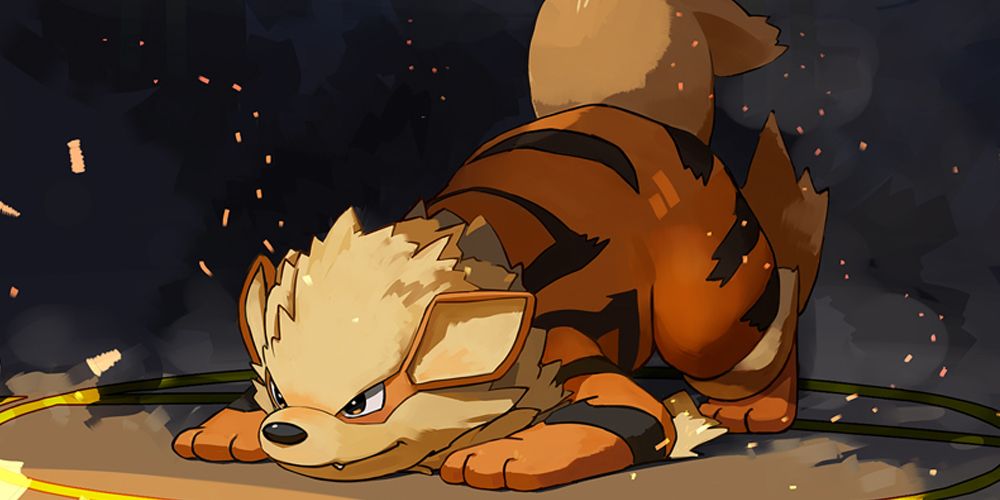 via pinterest.com[/caption]
via pinterest.com[/caption]
If you watched the anime as a kid, you would have noticed that Arcanine was lumped in with the three legendary birds in an engraving during the second episode of the series. In Arcanine's Pokedex entry, it's simply listed as the legendary Pokemon. There are tons of theories as to why Arcanine was eventually dumped as a legendary, but none more interesting than Moltres replacing the majestic dog late in development. The theory suggests that the developers felt that having two birds and a dog was a little unbalanced. This presumably led to the grouping of the three birds and left Arcanine on the sidelines of legendary status. Another reasonable explanation for Arcanine's legendary Pokemon label has to do with the long-running legends of beauty and gracious dogs that have graced Chinese folklore for hundreds of years.
The First Pokemon wasn't Actually Bulbasaur
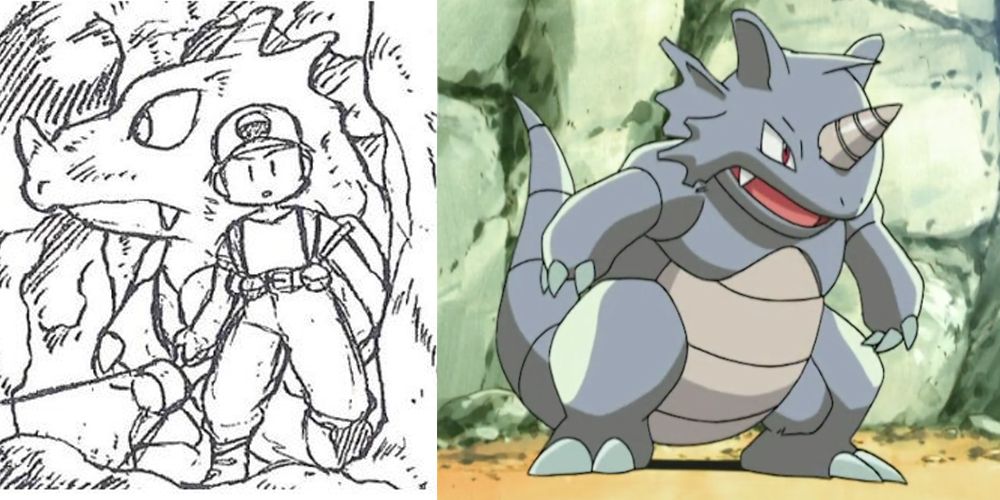 via wattpad.com[/caption]
via wattpad.com[/caption]
Rhydon was actually the first Pokemon that was ever created. According to the Pokemon Company's lead character designer Ken Sugimori, Rhydon was the first Pokemon that was created for the franchise. This is further supported by Rhydon's number in the index, that being 001. There also seems to be plenty of early sketches in Capsule Monsters, the early concept by Satoshi Tajiri, that led to the creation of Pokemon. You can see plenty of influences Rhydon had on the original games as a whole. His sprite sits atop the pillars of every gym in Pokemon Red and Blue. Some fans theorize that this design choice pays direct homage to the first ever Pokemon created. It's interesting to see that the first ever Pokemon is nowhere near being the most popular. In fact, Clefable was planned to be the franchise mascot, not Pikachu.
Slowbro is the Only Pokemon That can De-evolve
 via fraghero.com[/caption]
via fraghero.com[/caption]
Everyone knows that Slowbro is an evolved form of Slowpoke, thanks in part to a curiously hungry Shellder. The evolution occurs when a Shellder bites down on a Slowpoke's tail, due to either a happy accident or the manipulation of a really slow Pokemon. One little-known fact about Slowbro is that it is the only pokemon that can de-evolve. If for some reason the Shellder detaches itself from the tail of the Slowbro, it will immediately revert back to a Slowpoke. It's interesting that one of the dopiest Pokemon holds such a unique and fascinating trait. This is the only known occurrence of its kind in the world of Pokemon. Little is know about why this would actually happen. Is the Shellder tired of grasping the tail?
There's a Pokemon that Steals Kids!
No, we're not talking about Hypno. The real kidnapping belongs to a truly terrifying yet completely unsuspecting pokemon. According to the Pokedex entries for Drifloon, it tricks children into thinking it's a real balloon. It then proceeds to carry the children away from anything and everything they love. Little is know about the true motives of the Drifloon leading it to commit such fear inducing acts. Imagine hosting a birthday party for your child, but halfway through you can't seem to find them anywhere. You then look at the sky and see your child holding on for dear life. Is Drifloon trying to kill potential threats? Are they simply taking the kids for a trip of pure enjoyment? We may never know what the Drifloon's true purpose is.
Poliwag's Swirl is Based on a Tadpole's Anatomy
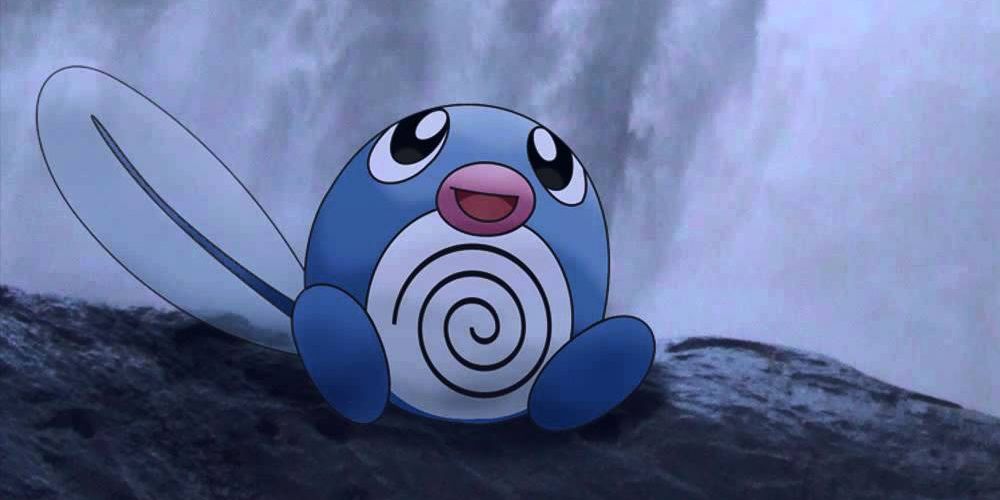 via twitter.com[/caption]
via twitter.com[/caption]
What? Another Pokemon is based on a real-life animal? We get it, man, a Poliwag looks like a tadpole. Now, this is entirely true, but I don't necessarily understand the immediate hostility. The swirl on the front of a Poliwag surprisingly enough has a direct design correlation to its real-world counterpart. If you were to look at the bottom of a tadpole you'd easily be able to identify a weird swirly object inside of the tadpole that is completely visible to the naked eye. This happens to be the swirled up intestines of a tadpole. As for the lack of tail and large white gloves with future evolutions, we're pretty certain that those characteristics aren't shared with any known species of tadpoles. As for unknown species, we may never know.
Ditto Might Actually be a Failed Mew Clone
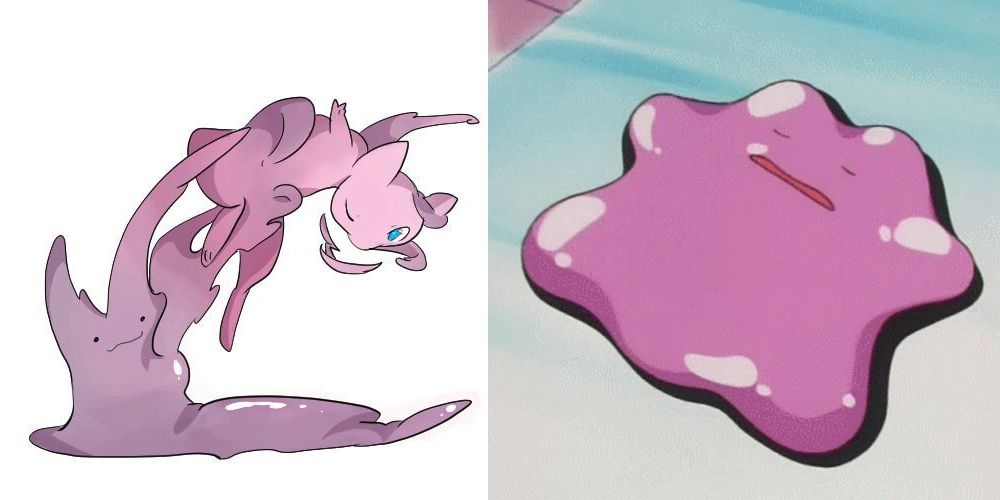 via fantheories.wikia.com[/caption]
via fantheories.wikia.com[/caption]
There are three key factors supporting the theory that Ditto is simply just a deformed failure of an experiment trying to clone Mew. The first of these factors has to do with the fact that both Ditto and Mew are the only Pokemon that know the move transform at level 0. These two close relatives also happen to weigh the same exact amount. This isn't as strong of a factor but it helps add on to the argument. Lastly, Mewtwo is often referred to as the only 'successful' clone of Mew. By this account, we then know that there is at least one other clone that is considered a failure. Apart from these three major factors, there is only the correlation between their sprite colors. Both Pokemon appear pink in their normal base forms, whereas both seem to carry a similar blue hue when seen in their shiny forms. One day we might finally receive the answer to one of the longest running Pokemon fan theories in existence.
Pokemon Eat Each Other! Humans Eat Them Too!
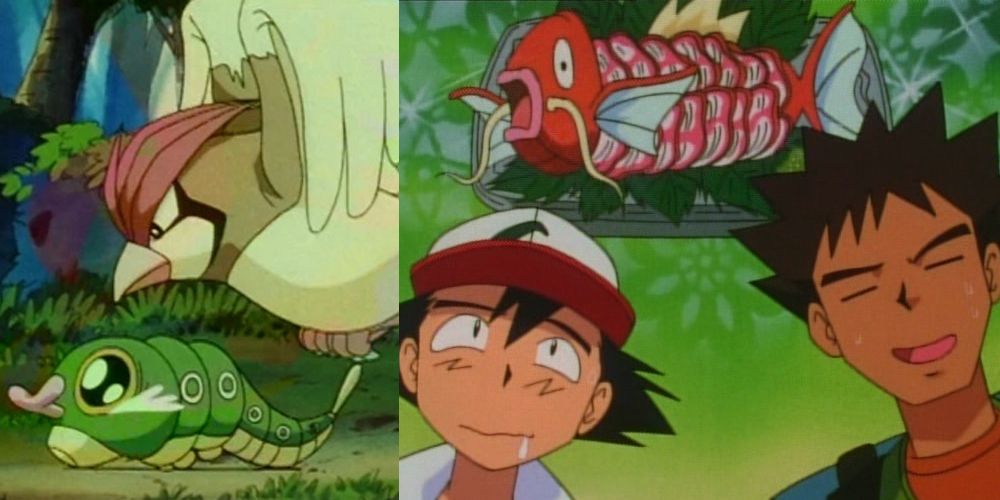 pokemondb.net[/caption]
pokemondb.net[/caption]
This fact has actually never been proven outright, however, there have been plenty of nods to this being all but certain. Throughout the anime, viewers see humans eating countless different types of meats and foods. Not once is it explained where this food is coming from, so one can only assume it's the result of hunted/domesticated Pokemon. Now, humans aren't the only ones with an urge for Pokemon bits. Through countless Pokedex entries it is discussed that, like in the real-world, Pokemon eat each other in a food chain that is really no different than our own. In the first episode of the anime, viewers are treated to a scene in which a hungry Pidgey is preying on an unsuspecting Caterpie. Don't look for this piece of lore to ever receive a full explanation. It is a child-focused property after all.
You Can Catch Mew Without Cheating
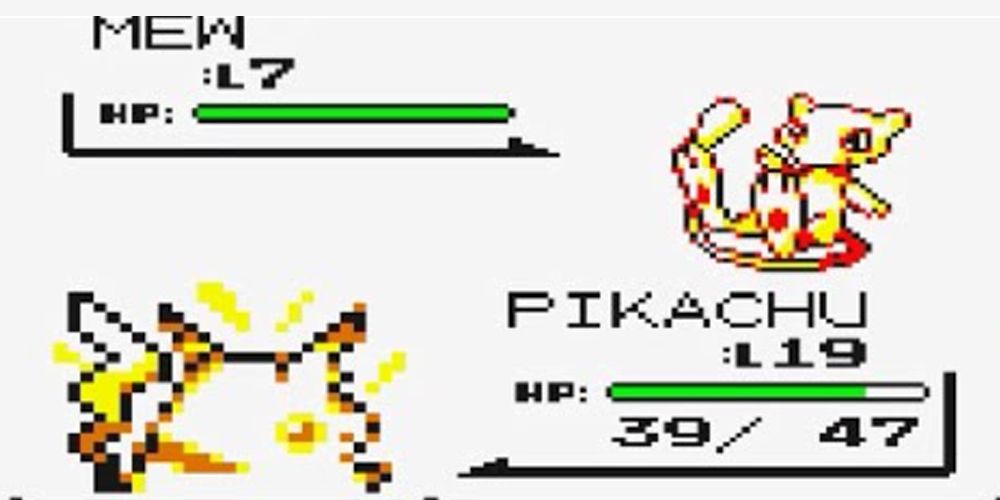
Yes, there is a legitimate way to obtain Mew in Pokemon Red/Blue, with a little bit of in-game manipulation. The process isn't necessarily complicated, but it does involve multiple steps with very specific instructions. You're basically manipulating the built-in encounter system and lining up the code so the next Pokemon you run into is indeed Mew. Unlike many other methods, this Mew can be transferred forward and is considered by many gamers the only legitimate way to own a Mew. The only other opportunity gamers had to obtain Mew was through participation in the TCG tournaments in the early 2000s. If you're interested in finally capturing this mischievous beast just make sure you're optimally prepared. All you'll need to accomplish this feat is a copy of Pokemon Red/Blue/Yellow, a bit of patience, and a simple google search. Good luck!

